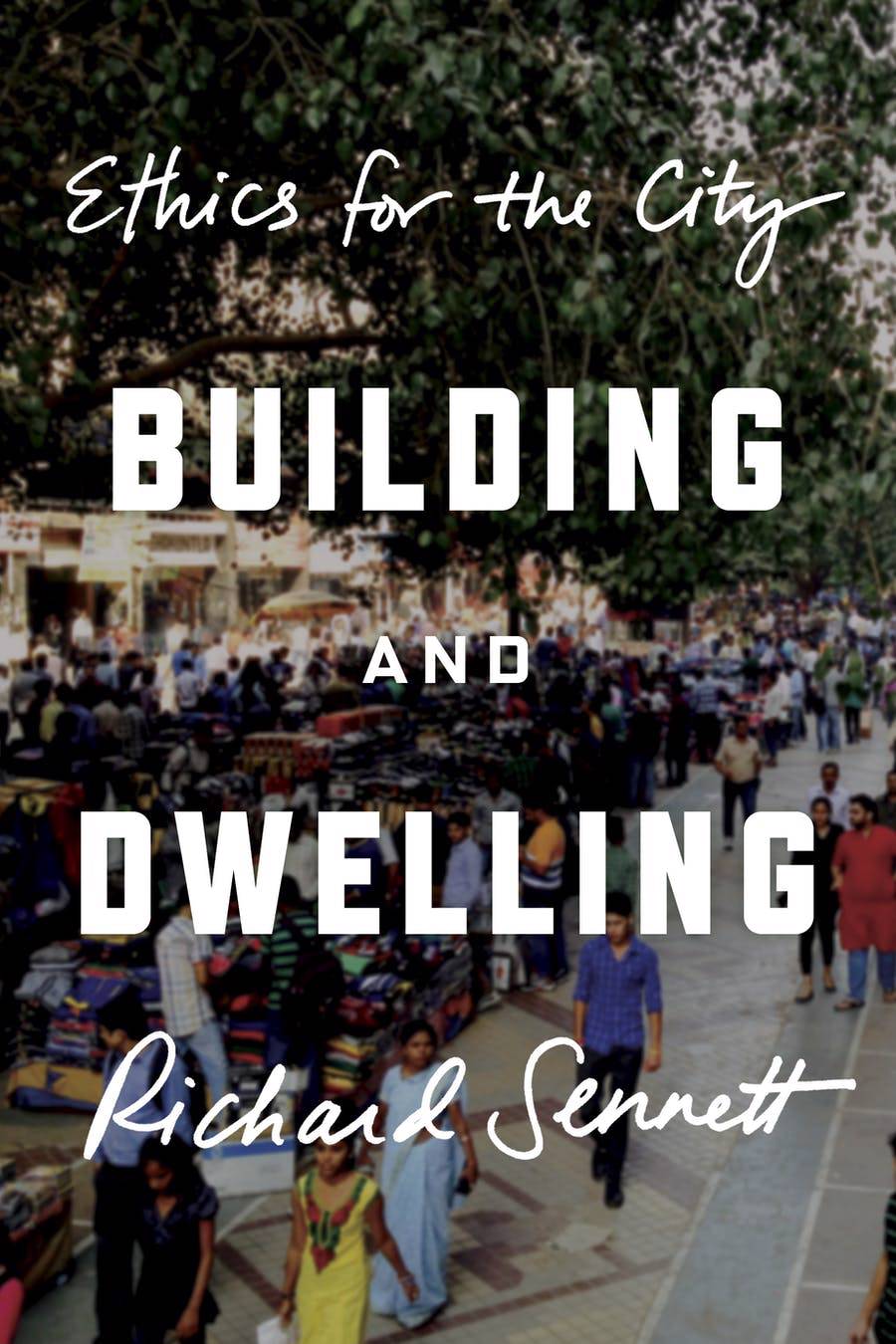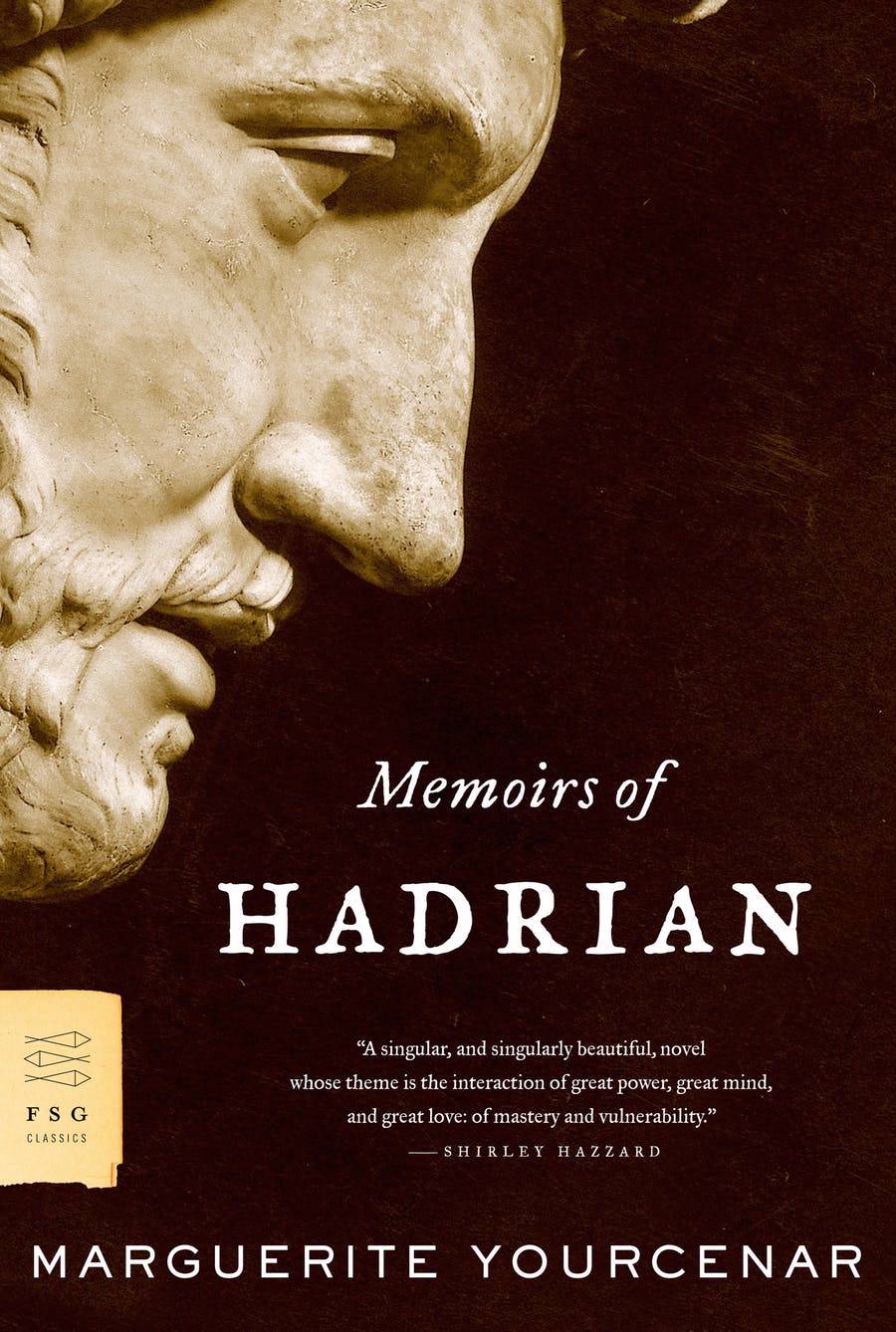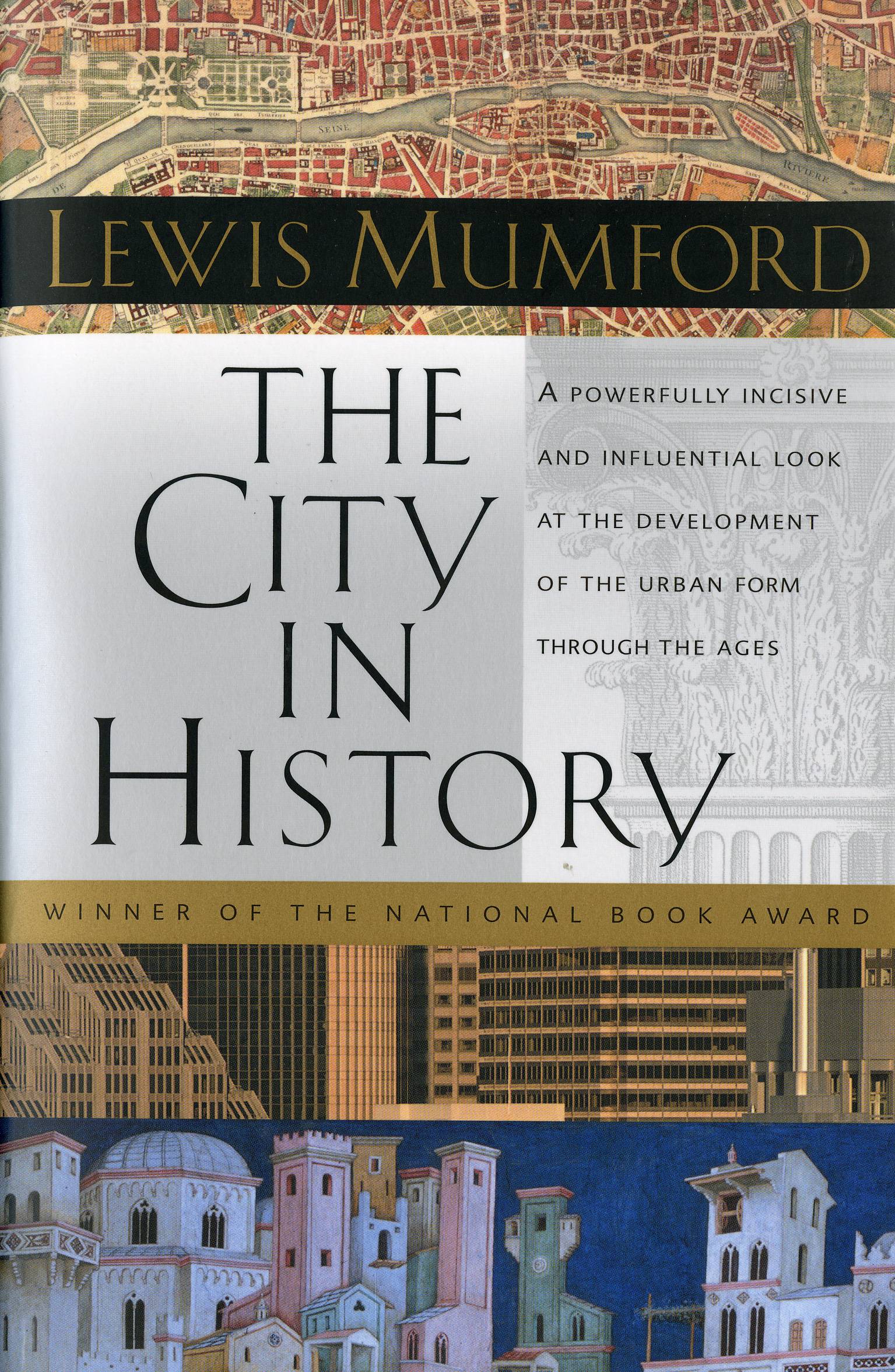OnPoint Subscriber Exclusive

Carlo Ratti
Says More…
This week in Say More, PS talks with Carlo Ratti, Director of the Senseable City Lab at MIT and Co-Founder of the international design and innovation office Carlo Ratti Associati.
Project Syndicate: In 2018, you wrote that, with the help of technology and bold thinking, city planners could reverse decades of reckless growth by returning nature to the built environment. The draft text released after the recent United Nations Climate Change Conference in Glasgow mentions the “critical importance of nature-based solutions.” As governments invest more in such solutions – Canada, for example, announced that one-fifth of its total climate finance would go toward supporting nature-based solutions – to what technologies and concepts should they be looking?
Carlo Ratti: I think that nature-based solutions will be critical to the fight against climate change, contributing in far more ways than we usually envision. People often think about nature-based solutions as an effort to “turn back the clock” on environmental destruction, by protecting natural ecosystems or restoring them to a pristine state. But hybrid approaches – at the convergence of the natural and human-made worlds – also hold a lot of promise.
Consider our Hot Heart project, which recently won the Helsinki Energy Challenge. Hot Heart uses seawater heat pumps to convert primarily carbon-free electrical energy into heat. Large reservoirs are filled with water and heated by renewable sources, with the thermal energy then being stored, to be withdrawn when needed. The result is essentially giant, aquatic batteries. By providing carbon-free heating to the people of Helsinki, Hot Heart is helping the city to reach its ambitious net-zero carbon goals.
Ratti recommends
We ask all our Say More contributors to tell our readers about a few books that have impressed them recently. Here are Ratti's picks:
-

Building and Dwelling: Ethics for the City
by Richard Sennett
Sennett, a sociologist, and I have been teaching a class together at MIT for several years now. Some of his fascinating insights on urban planning are documented in this book, vividly illustrated through examples from different times and places.
-

Memoirs of Hadrian
by Marguerite Yourcenar
“To build is to collaborate with earth, to put a human mark upon a landscape, modifying it forever thereby.” Such are the words that Yourcenar puts into the mouth of Roman Emperor Hadrian, in this passionate and philologically sophisticated account of his life.
-

The City in History: Its Origins, Its Transformations, and Its Prospects
by Lewis Mumford
At a time when the future of cities is clouded by doom and gloom, reacquainting ourselves with this classic survey of the past 10,000 years of urban history, with all its ups and down, is sorely needed. Sometimes a long view can help us see past short-term challenges.